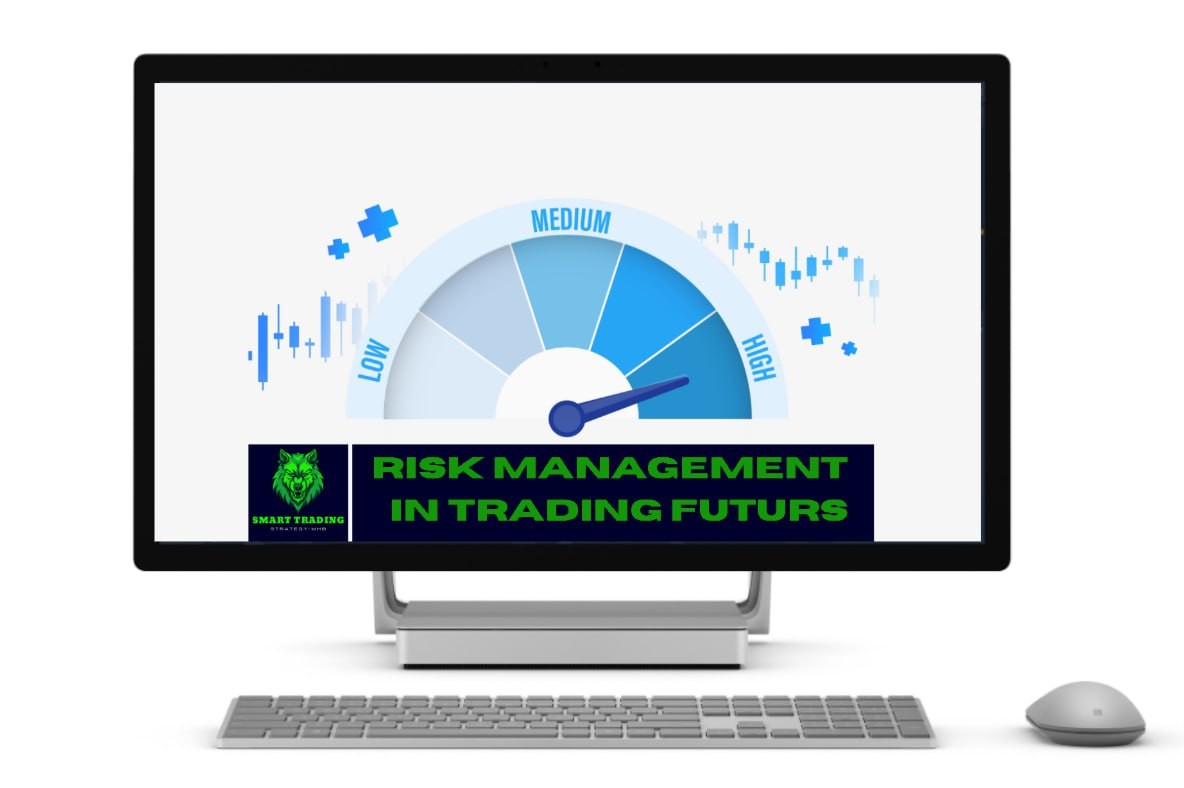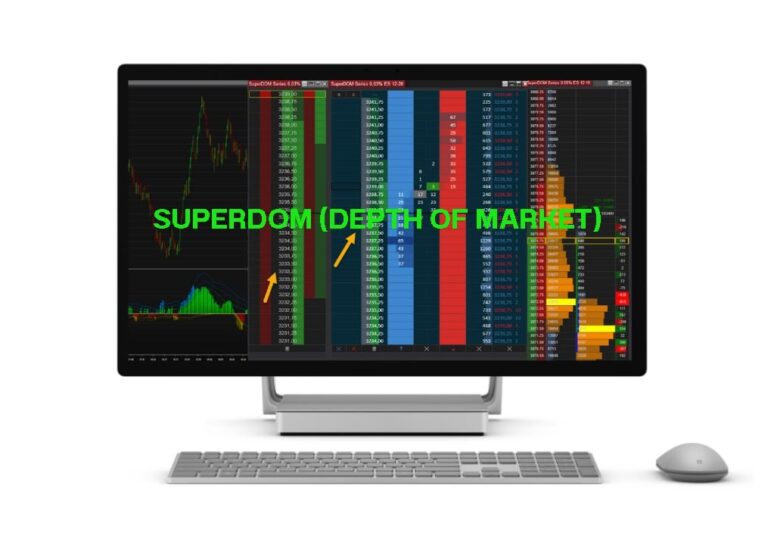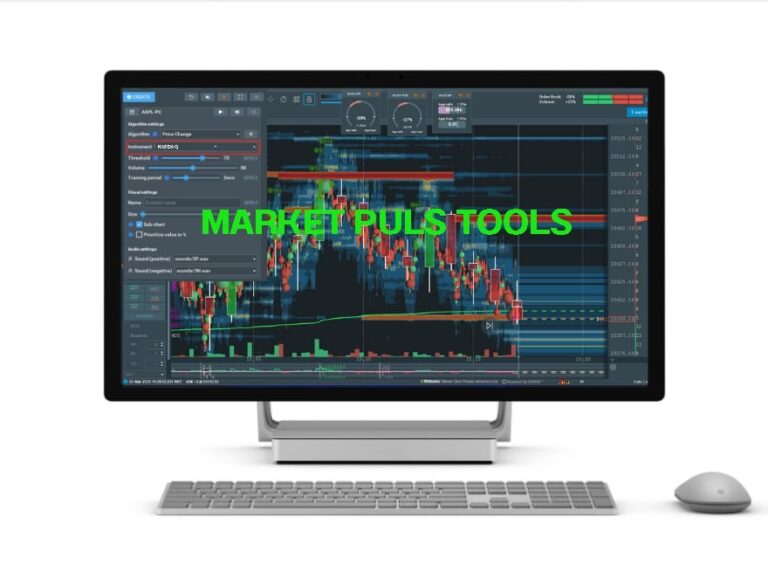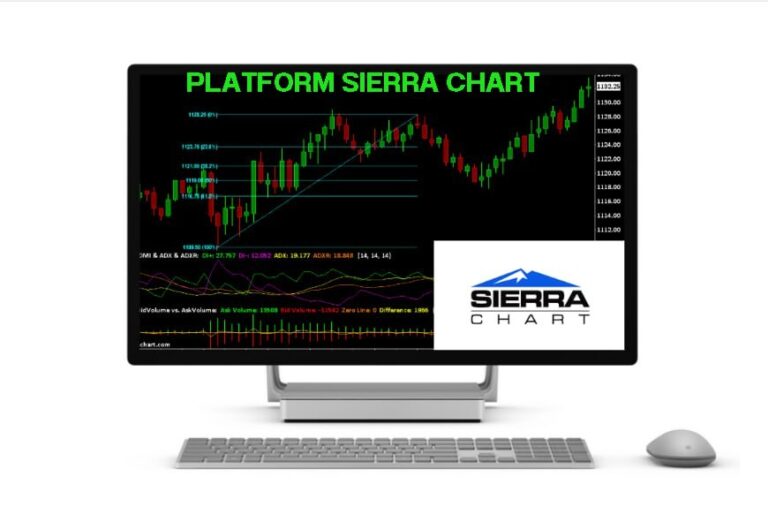Risk Management
chance management:
risk management is all approximately finding the right stability among ability income and possible losses in buying and selling. It helps limit losses, maximize gains, and shield traders from wiping out their whole debts. whenever a trader opens a function, there’s a threat of dropping money—the bigger the location, the better the risk, but additionally the more the profit potential.
in spite of being a vital component of a hit trading, hazard control is often not noted. Even a dealer who has made extensive income can lose the whole lot in just one or two poorly managed trades. So, how will you expand the best strategies to control marketplace dangers efficaciously?
- The risk-reward
The hazard- praise is an effective, simple trading precept that buyers employ to decide whether or not a exchange is really worth taking. it is applied to weigh the potential exchange income in opposition to the ability change loss, in order that buyers have a terrific idea of the hazard. for example, a 2:1 danger-praise ratio manner you’re aiming to gain two times what you’re ready to lose. This method holds buyers accountable and forces them to make clever selections. by using that specialize in trades that own an excellent hazard-praise ratio, even supposing now not each alternate is a winner, the winners’ gains can outweigh the losers’ losses through the years. it’s far simply a matter of gambling a sport wherein the odds are on your want, and it makes you grow your account steadily at the same time as you keep the risks below manipulate. - stop loss
A stop-loss is an important buying and selling approach that protects your cash through capping feasible losses. it’s an order you deliver to your broker to routinely close a trade whilst the price hits a sure level so you don’t incur larger losses if things don’t go to your desire. for instance, let’s consider you buy a $100 futures settlement and installation a forestall-loss at $95. Your role will be closed mechanically whilst it reaches $ninety five.
It removes emotional trading choices and holds you responsible. stop-loss won’t always leap in on the predetermined fee below tremendous volatility, however they may be a important chance management tool.
strategies:
buying and selling strategies are the muse of achievement in economic markets. by way of deciding on a method that aligns along with your personality, goals, and chance tolerance, you can construct a sustainable trading profession. What are these strategies? - ICT:
The ICT (inner Circle dealer) method is a trading that specializes in how massive financial establishments (like banks and hedge price range) move the market and how buyers can comply with their footsteps to make better buying and selling selections.
in contrast to traditional trading, which is predicated heavily on indicators, ICT suggests investors a way to examine price movement and market structure. It looks at key ideas like liquidity swimming pools (areas where big trades occur), order blocks (zones where institutions vicinity trades), and honest fee gaps (imbalances in price motion). by using information these styles, traders can are expecting charge moves greater appropriately.
threat management is likewise a big part of the ICT approach. It allows traders place clever stop-loss stages and target regions wherein the price is possibly to move subsequent. as opposed to guessing or reacting emotionally, ICT buyers follow a clear, rule-based technique.
getting to know ICT techniques takes time and effort, but it gives buyers a deeper know-how of how the market clearly works. by means of getting to know these standards, investors goal to improve their consistency and trade with the equal attitude as large establishments. - Order e book
An order ebook is a real-time list of all buy and sell orders for a economic asset, like stocks, futures, or cryptocurrencies. It indicates investors what charges customers and sellers are willing to exchange at, giving insight into marketplace activity and liquidity. The order e book is split into two facets: bids (purchase orders) and asks (sell orders), every displaying charge stages and the number of orders at every rate.




